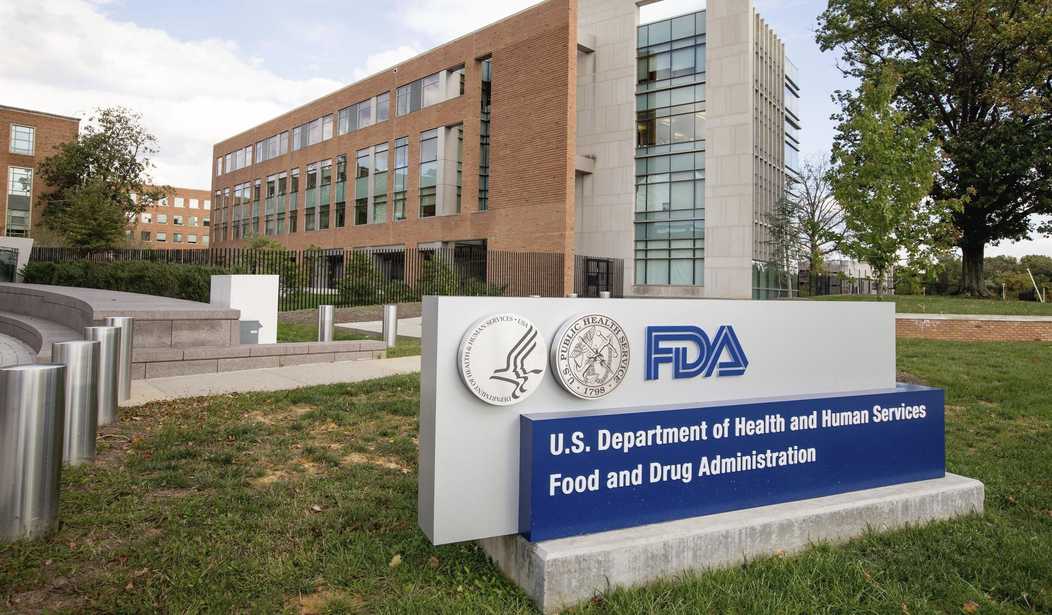We all know how important transparency is in a representative democracy like ours. And unfortunately, we can all point to plenty of failures of transparency: secretive international agreements, lawmakers with a preternatural ability to sell stocks at exactly the right time, and – most recently – the health and fitness of the U.S. commander-in-chief.
But here’s one you probably have never thought about: the lack of transparency from the Biden-Harris FDA and its Center for Tobacco Products. As the harm-reduction market booms with new options, the FDA has been reluctant to shoot it straight with the public and mom-and-pop stores on which products can be sold and which cannot.
Unfortunately, it seems that the FDA, like the anti-tobacco activist groups it works closely with, relentlessly attacks harm-reduction products, preferring a prohibition-at-all-costs strategy.
Public records obtained under the Freedom of Information Act may shed light on the reason for this, as the revolving door between prohibitionist special interests and top FDA regulators has been a sweet deal for some.
Of course, prohibition has been tried and has failed before. But at least in the case of alcohol prohibition a century ago, there was no alternative to legal booze acceptable to drinkers. Smuggled beer and bathtub gin – and the lawlessness that came with them – were the ready replacements.
Applied today to tobacco, the prohibition approach is not just doomed to fail, it is myopic and draconian, given the existence of harm-reducing tobacco substitutes that are both popular and effective. Some of the products have helped entire countries move away from cigarettes. According to a recent report, one in four Swedes use nicotine daily, yet only 5.6 percent of Sweden’s population smoked cigarettes in 2022, down from 49 percent in 1960. The credit goes to harm reduction products, especially oral nicotine pouches and snus. Sweden’s lung cancer rate is 41 percent lower than the rest of Europe, according to the report.
The FDA, however, has made such products hard to sell and hard to get, feeding a massive appetite for a black market that often places millions or billions of dollars in the pockets of cartels and foreign enemies like China. The agency, stuck on prohibition as the only answer to smoking,has opted for slow-walking and confusion over a transparent and orderly regulated industry.
The FDAs’ lack of transparency is unfair to retailers, most of whom are local mom and pop shops just trying to comply with the law. These businesses should have a full list of products that can be sold, whether they were approved by the FDA or allowed on the market due to an ongoing judicial proceeding. If the goal is to stop illegal products, shouldn’t there be an easy place to find those products listed? The FDA’s efforts to police the black market of unauthorized Chinese harm reduction products or products packaged to appeal to children would certainly be more effective with such a list.
The good news is that the FDA finally sought to remedy this problem by announcing the Searchable Tobacco Products Database in March. This database is supposed to be a quick-fix solution for retailers to know which products they can sell and which they cannot.
Problem fixed, right? Nope, get ready for more confusion. While the database has listings of authorized products, it’s notably missing two of the most popular products on the market, Zyn and Juul. Both are currently allowed to be sold in the United States. The FDA recently rescinded Juul’s marketing denial order (MDO) from June 2022, an order long stayed after court action, allowing the products to be sold. Zyn has been one of the best-selling harm-reduction products over the past year. Why wouldn’t the FDA include these examples in the database? The FDA also admits that the database “is not an exhaustive list of all tobacco products that can be legally marketed.” If you’re going to roll out a database, why wouldn’t it be as complete as possible? It might be that your personal zeal to stamp out nicotine products has highjacked your legal and professional duty to abide by your congressional mandate.
Meanwhile, millions of Americans continue to smoke cigarettes. Some always will. But many who want to stop smoking want to know as much as possible about their choices for harm-reducing products. And the people who supply those products want to have confidence they aren’t breaking the law.
CTP director Brian King stated that his agency remains committed to “enhanced transparency in a way that is useful, timely, and user-friendly.”
The question is, useful to whom?

























Join the conversation as a VIP Member